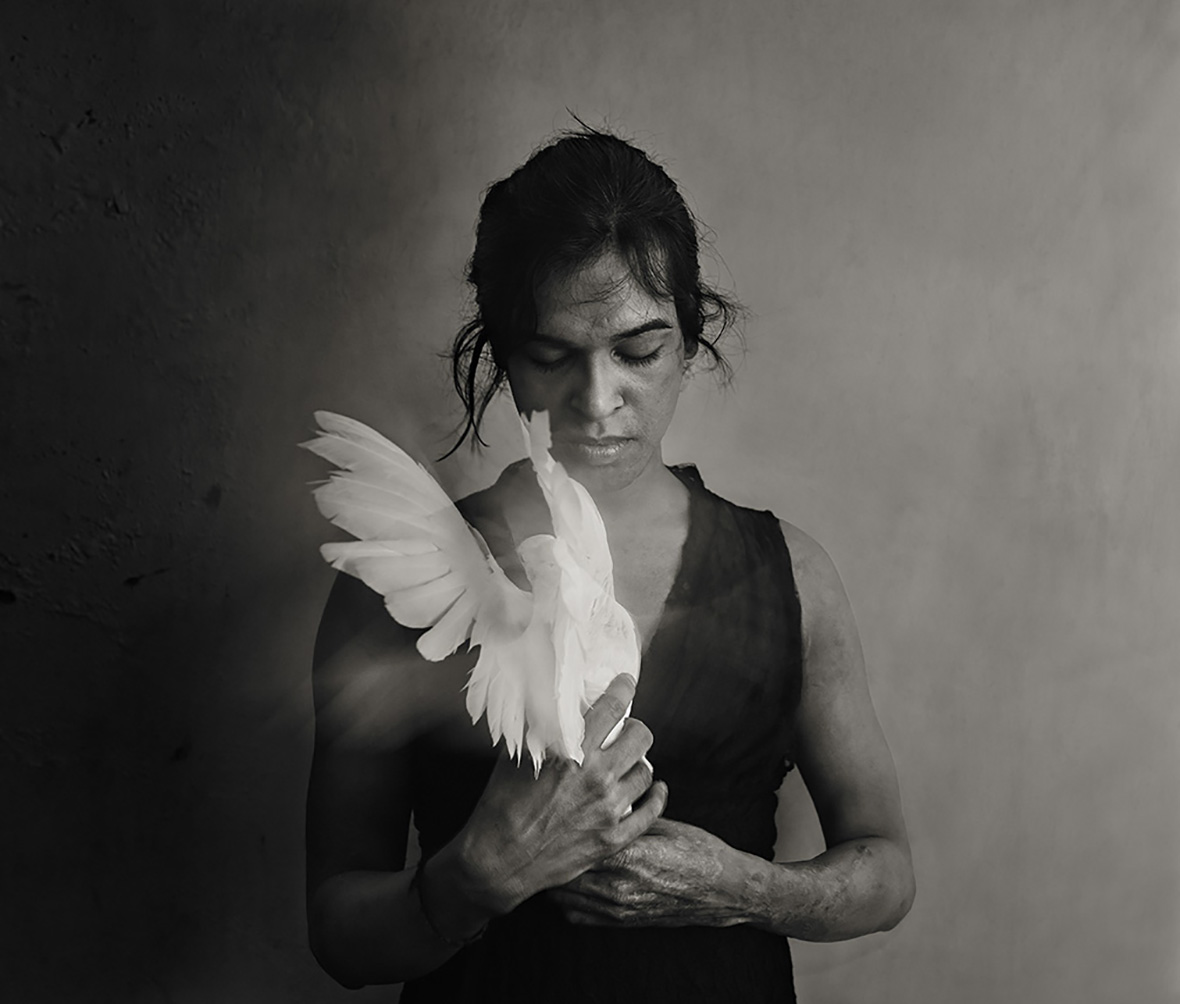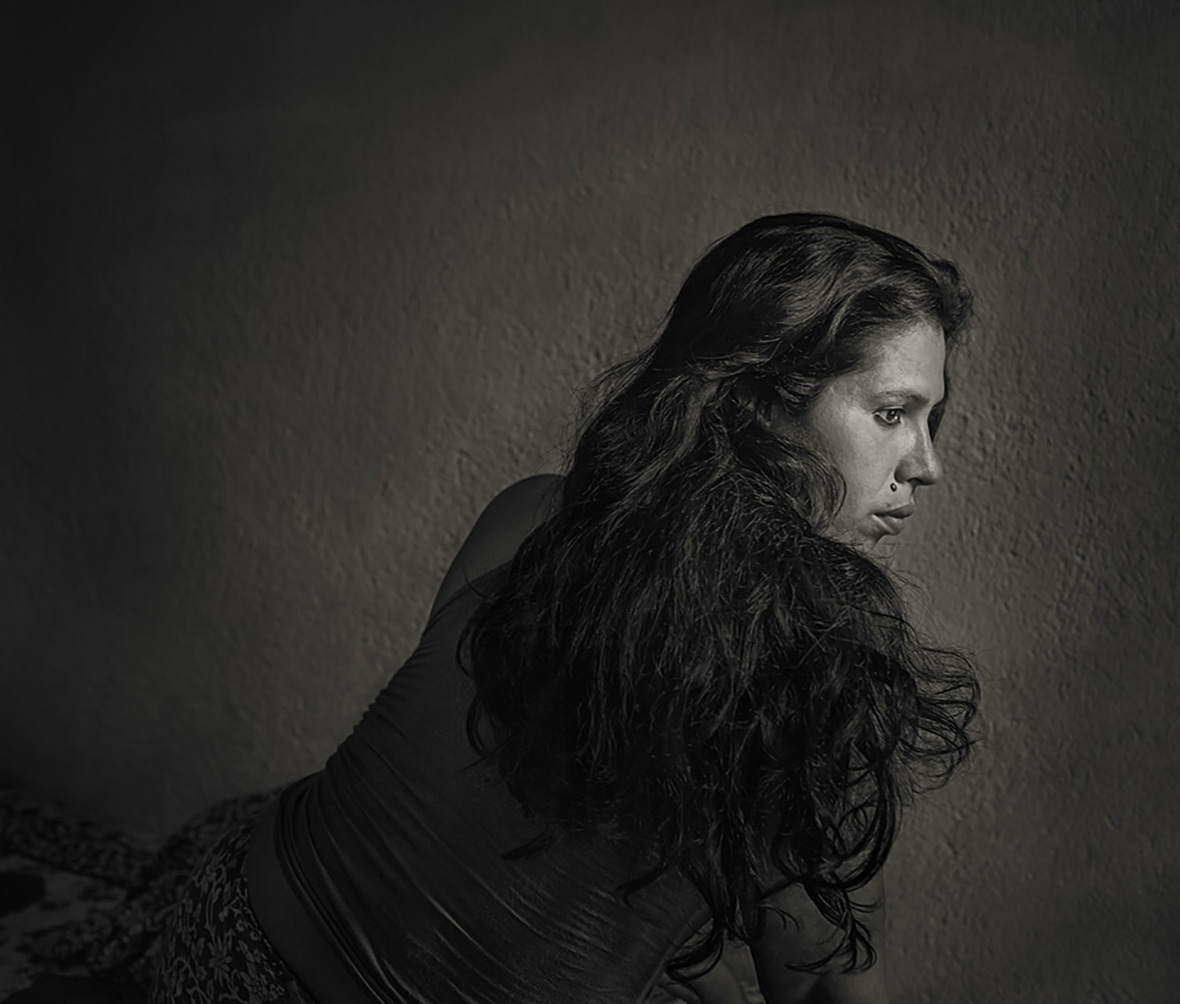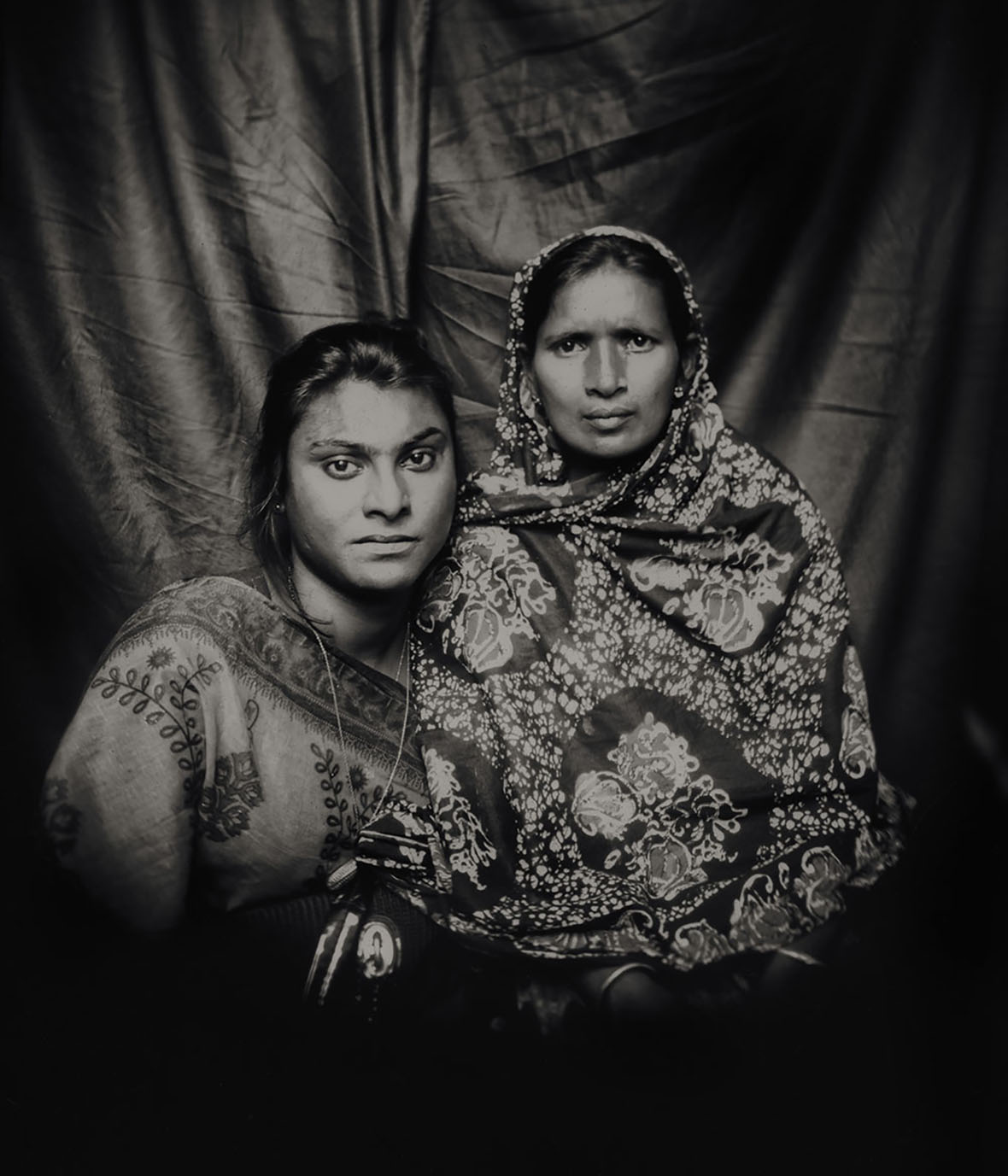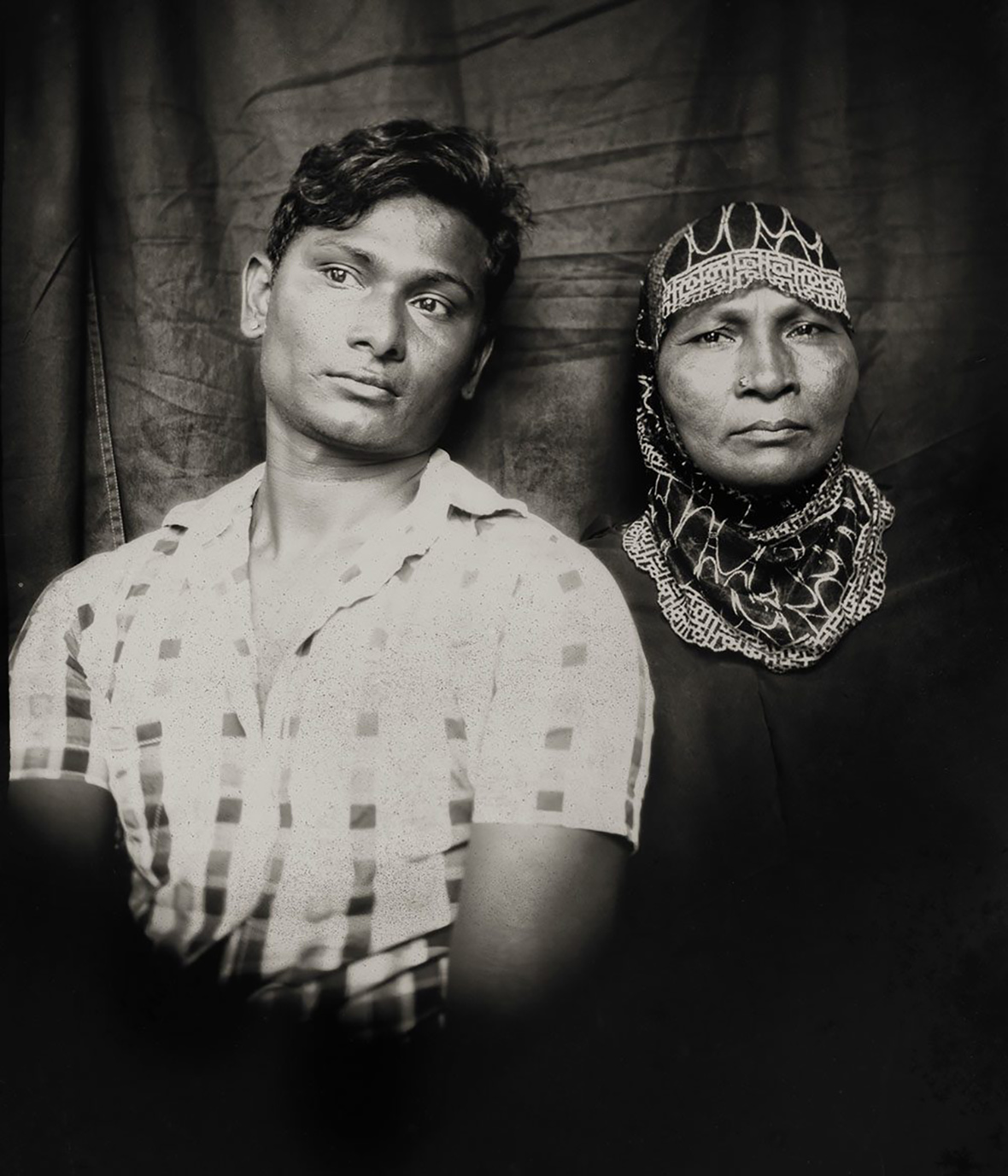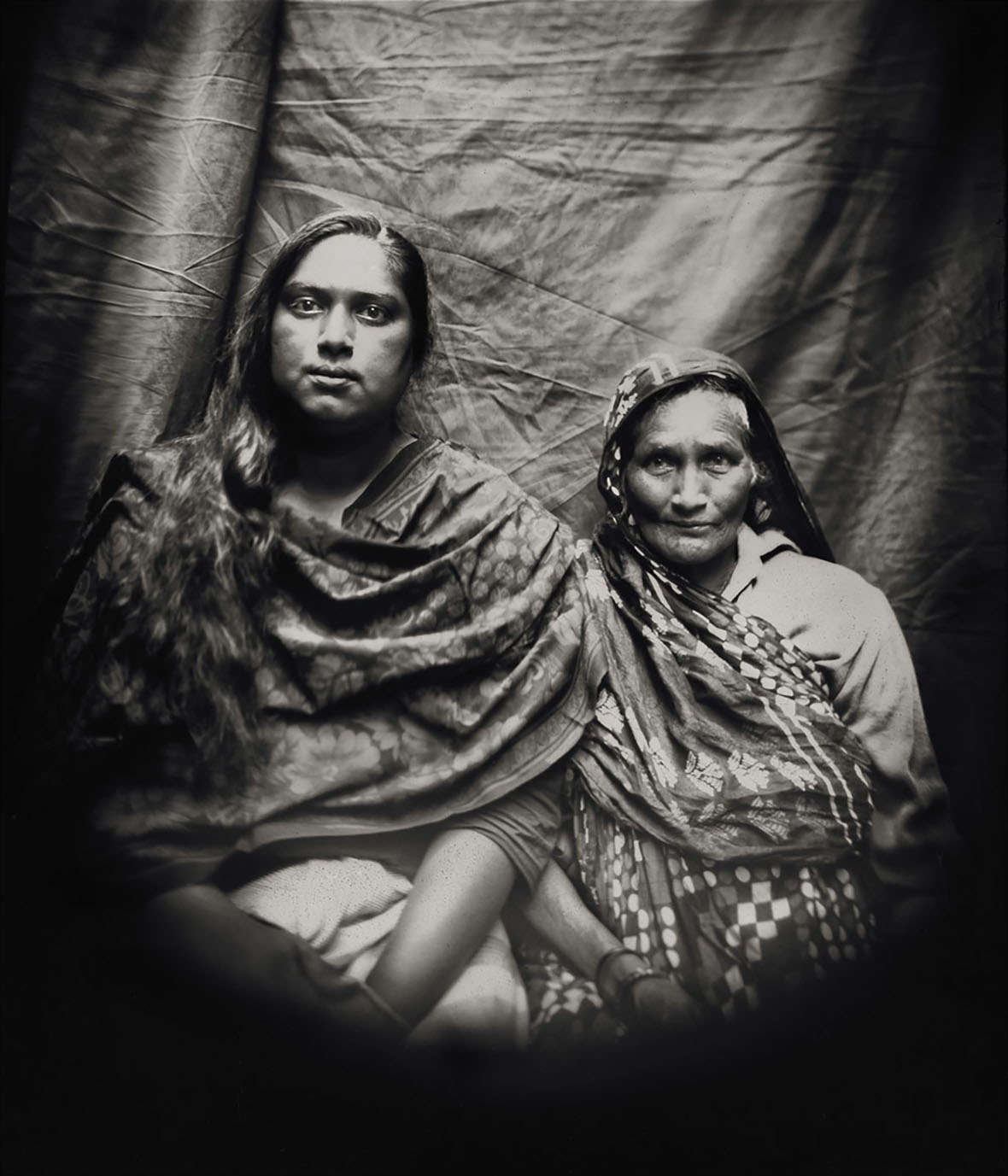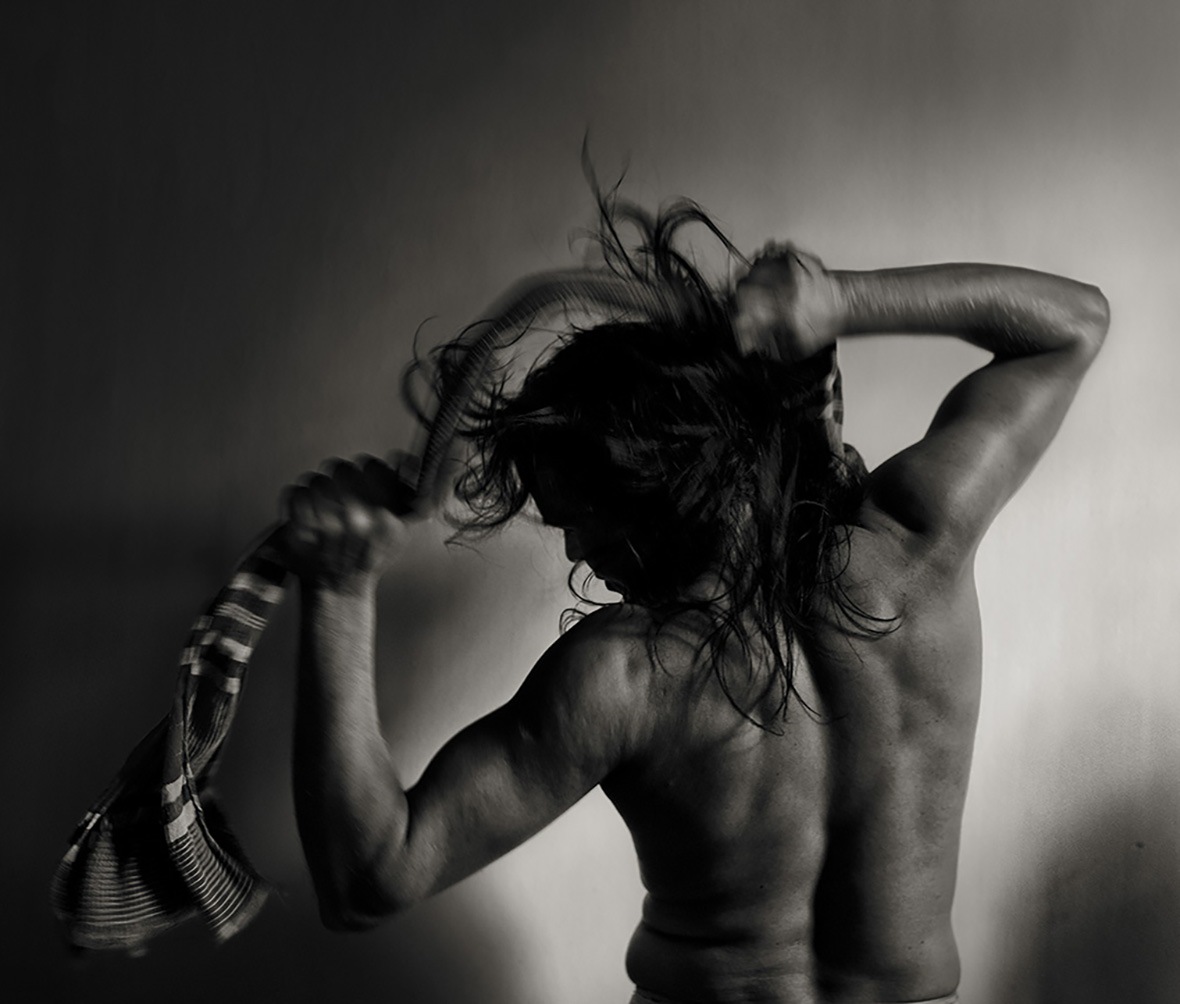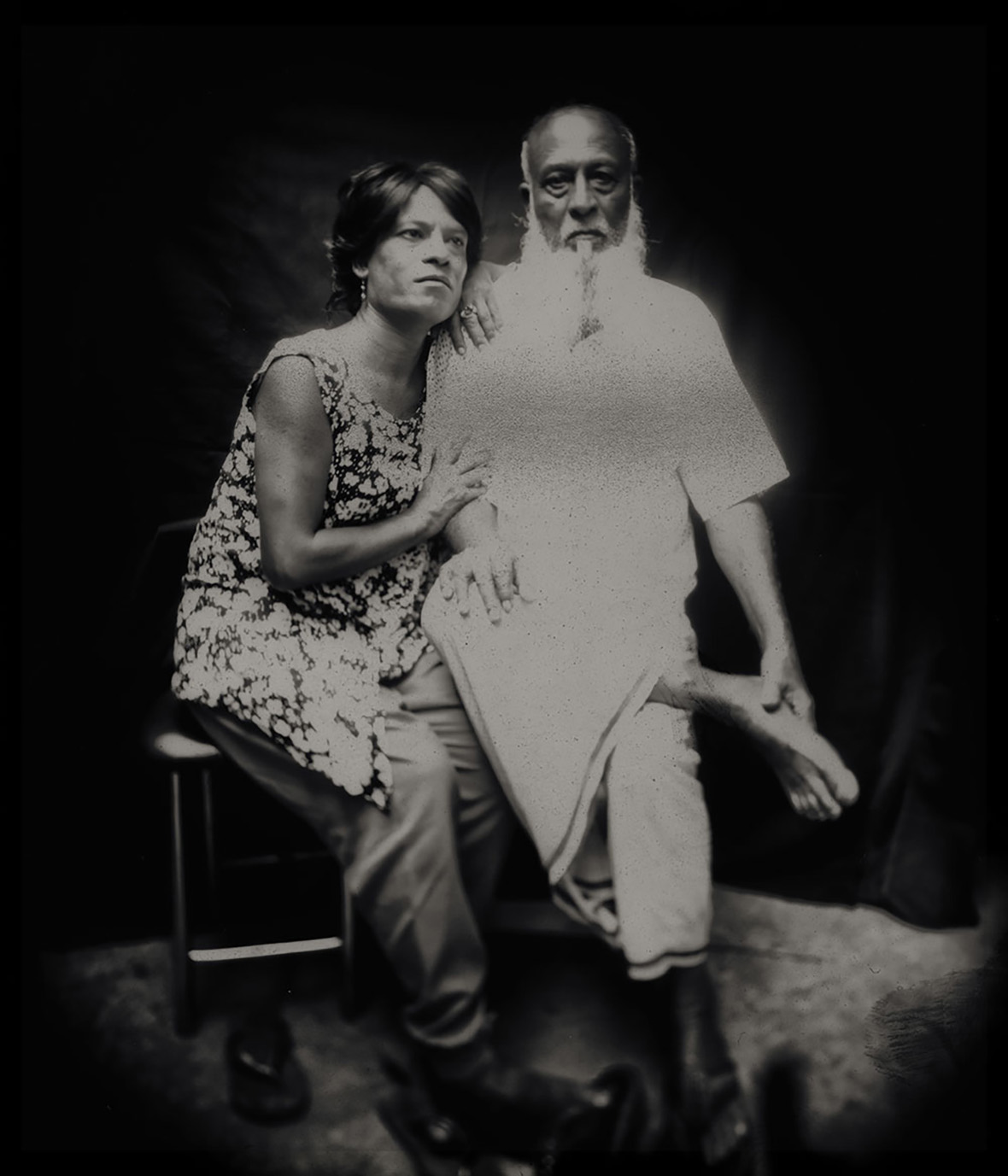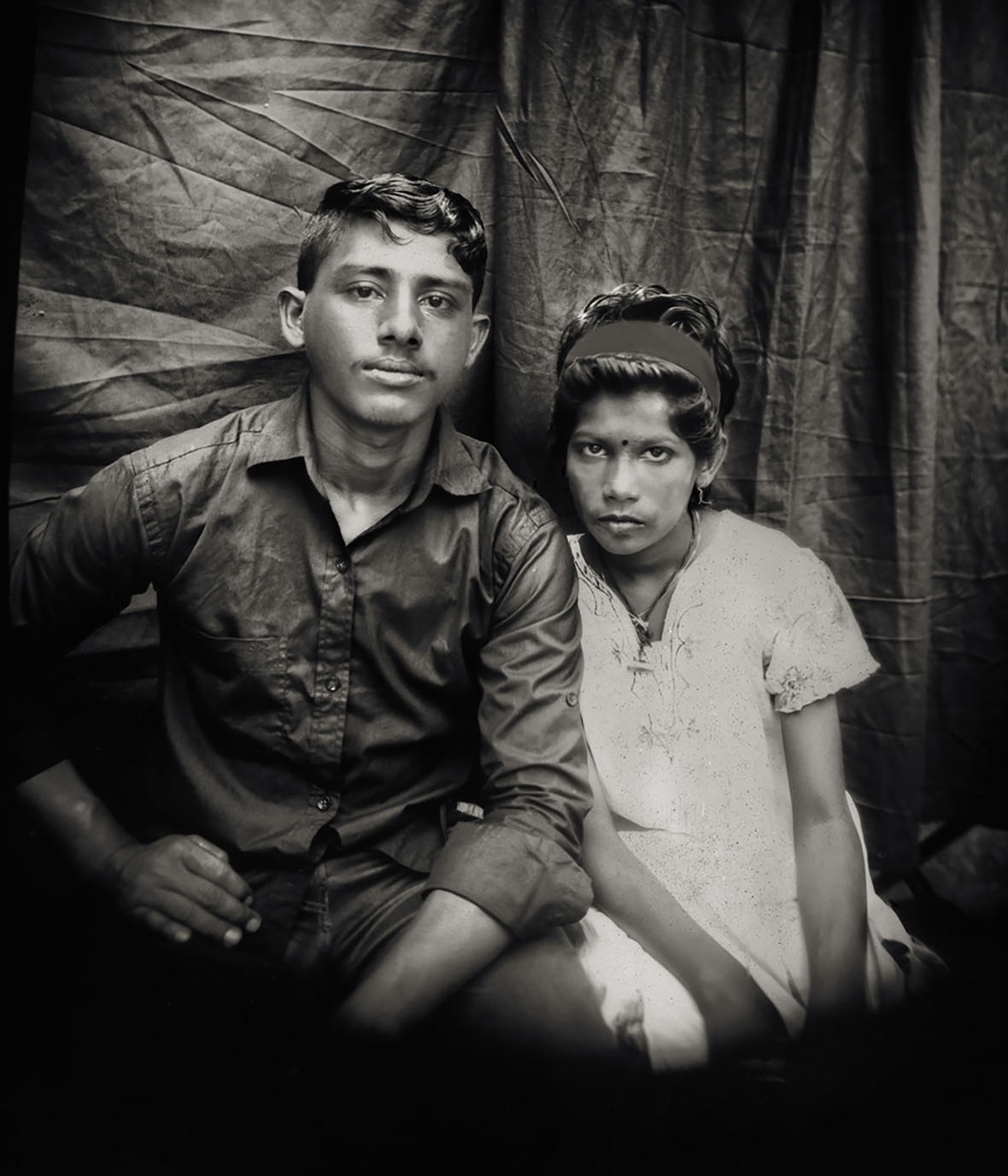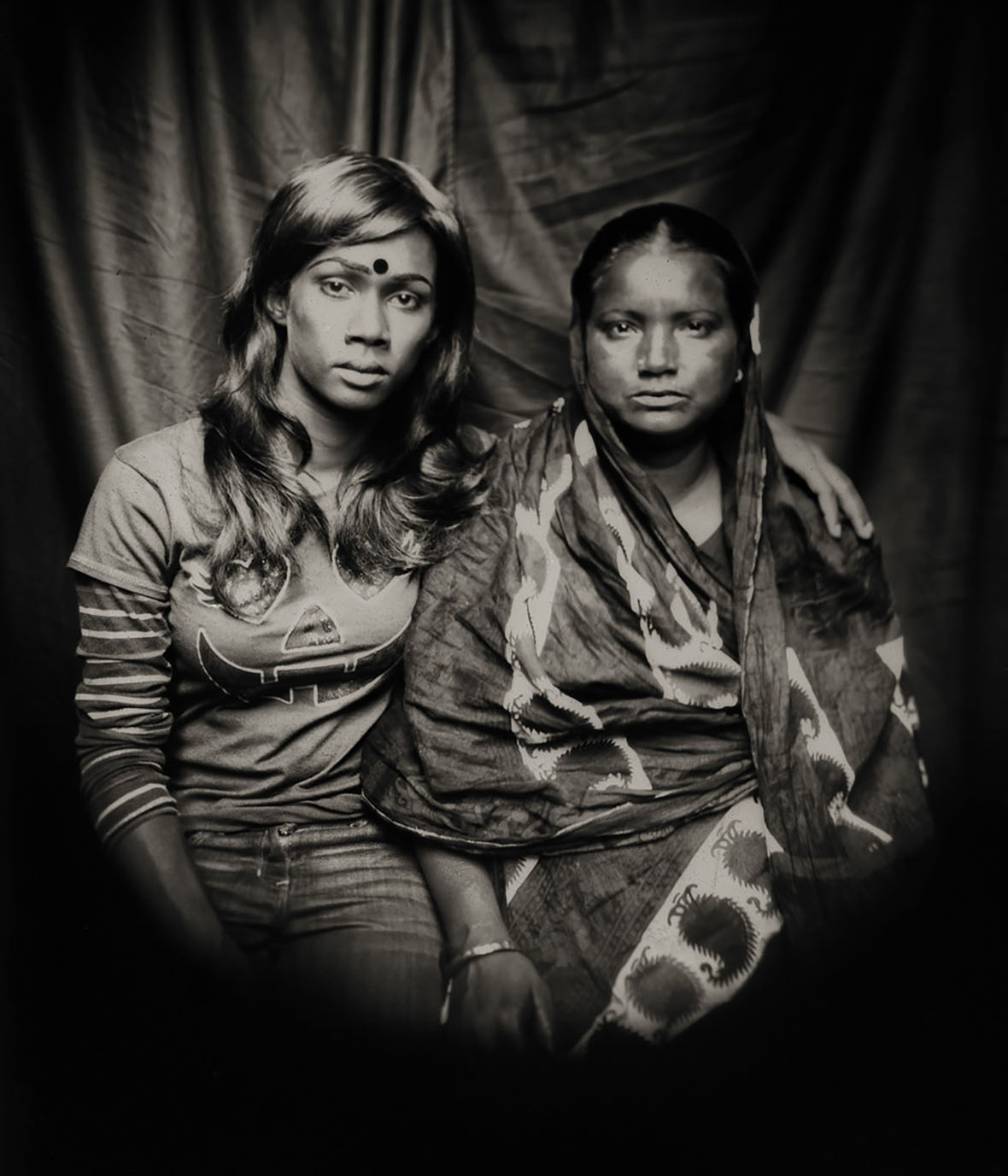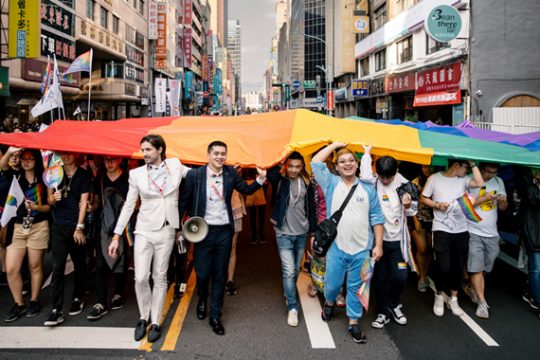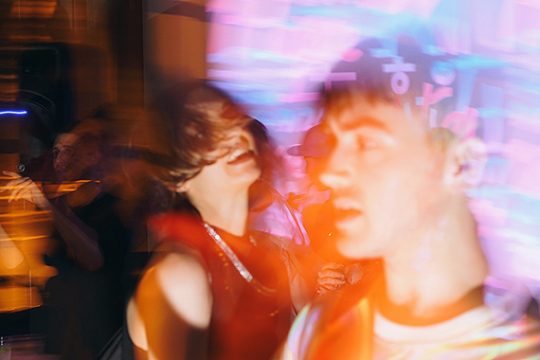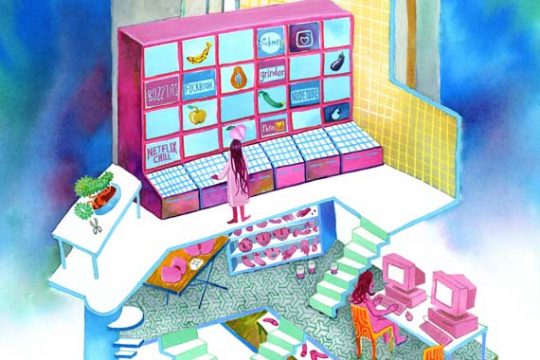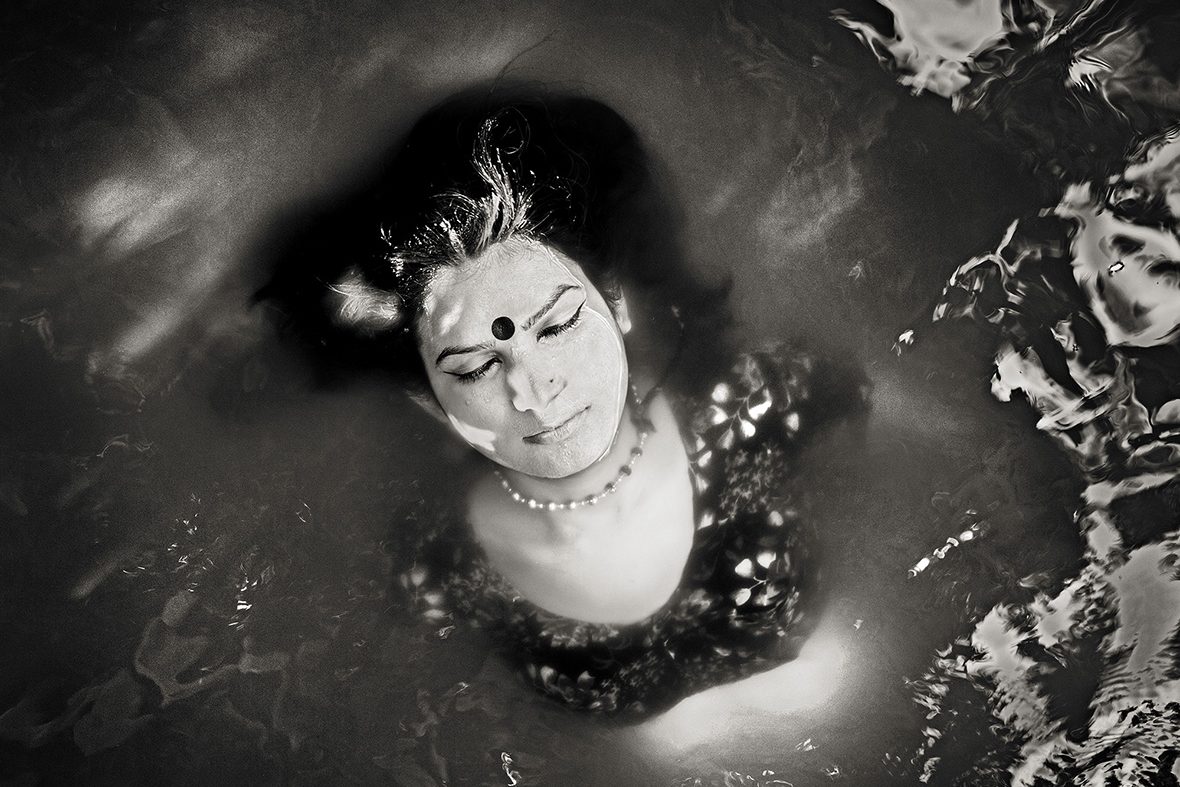
The Hindustani term hijra refers to the third gender, an individual who’s neither male nor female. In many parts of South Asia, they face widespread discrimination, and they’re often forced to live together on the fringes of society in hijra-only communities.
Shahria Sharmin, a Bangladesh-based photographer, is friends with many hijras, and a particular conversation with one stuck with her. “One day, I was taking a walk with one of my hijra friends and in our conversation, they mentioned how they desired a handsome husband and a desire to be a bride,” she recalls. “Her traditional mindset of getting married sparked a curiosity inside of me, and made me want to understand the hijras more.”
海吉拉(Hijra),在印度语系中,这个词的意思是“性无能者”,本意是“同时具有两性特征的人”,也就是说,她们通常被认为是第三性人——既不是男人,也不是女人。而海吉拉社区在南亚则是一个特殊群体,她们在当地是备受指摘的群体,被歧视、被排斥在主流社会之外而凝聚成自己的小群体。
在孟加拉国的摄影师 Shahria Sharmin 与许多海吉拉社区的人是朋友,她说曾有一段对话,让她深深铭记,“有一天,我和一位来自海吉拉社区的朋友一起散步,那位朋友和我说渴望一个英俊的丈夫,渴望做他的新娘。”
This curiosity led her to create Call Me Heena, a photo series that documents an isolated community of hijras in Bangladesh. “They have created their own world amid a society that so completely ignores them, a society that refuses to see them for who they are.”
“Even at a young age, hijras are discriminated against and abused in school,” Sharmin says. “Their ‘differences’ only worsen in their teenage years. Family and close friends might even turn on them. When their parents find out about their identity they’re often disowned.”
这也诱发了《Call Me Heena》摄影系列的诞生。Shahria 表示道,她被这些“第三性别者”与社会其他部分完全隔绝的生活方式所吸引。“她们在一个完全无视她们的社会中创造了自己的世界,而我们的社会拒绝看到她们。”
“事实上,对她们的歧视和虐待从她们还在上学时就开始了。” Shahria 这样说道,“一旦到了青少年时期,她们的发育特征更明显了,甚至会面临来自亲戚和家庭成员的虐待。直系亲属意识到她们是变性人之后,就会抛弃她们。”
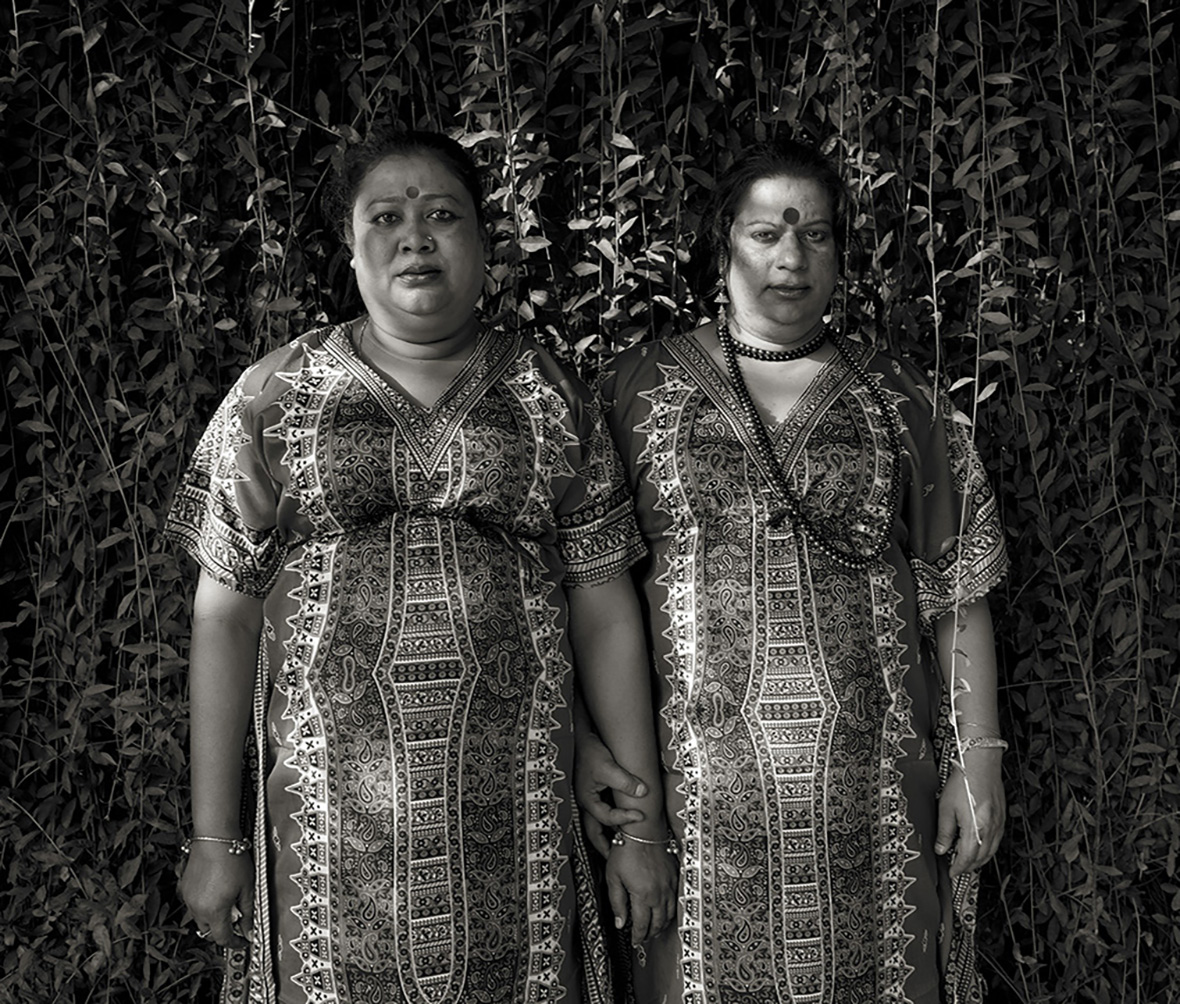
Through gallery showings of the work, Sharmin’s aim is to force the public to acknowledge the hijra people’s existence. “They’re right in front of you,” she says.
Sharmin strives to give each photograph a visual tension that stops viewers in their tracks. In her stark compositions and simple backgrounds, light and shadow become the sole narrative medium. Her camera captures and amplifies her subjects’ feelings: joy, sorrow, loneliness, longing, and togetherness seem to have a force that cuts through the dense fog. More than images of marginalization, Sharmin tries to show how familiar the hijras’ emotional lives are.
可是,当这件作品被公之于众的时候、成为展览的一部分时,就不容忽视了。“它们就在你面前。” Shahria 说,为了引起观众的注意,每幅图片都必须极具视觉张力,这样观众就不会简单地从作品边上路过。她将背景简化,只剩光影作为叙述的媒介。而被拍摄者的情绪与感受,却被镜头一一捕捉放大,喜悦、悲伤、迷惘、孤独、不安、渴望、团结,却仿佛有着冲破浓雾的力量。这些照片的意义也远非仅仅呈现这些被边缘化的人,而是试图向观众传达她们的情感与生活状态,与我们无异。
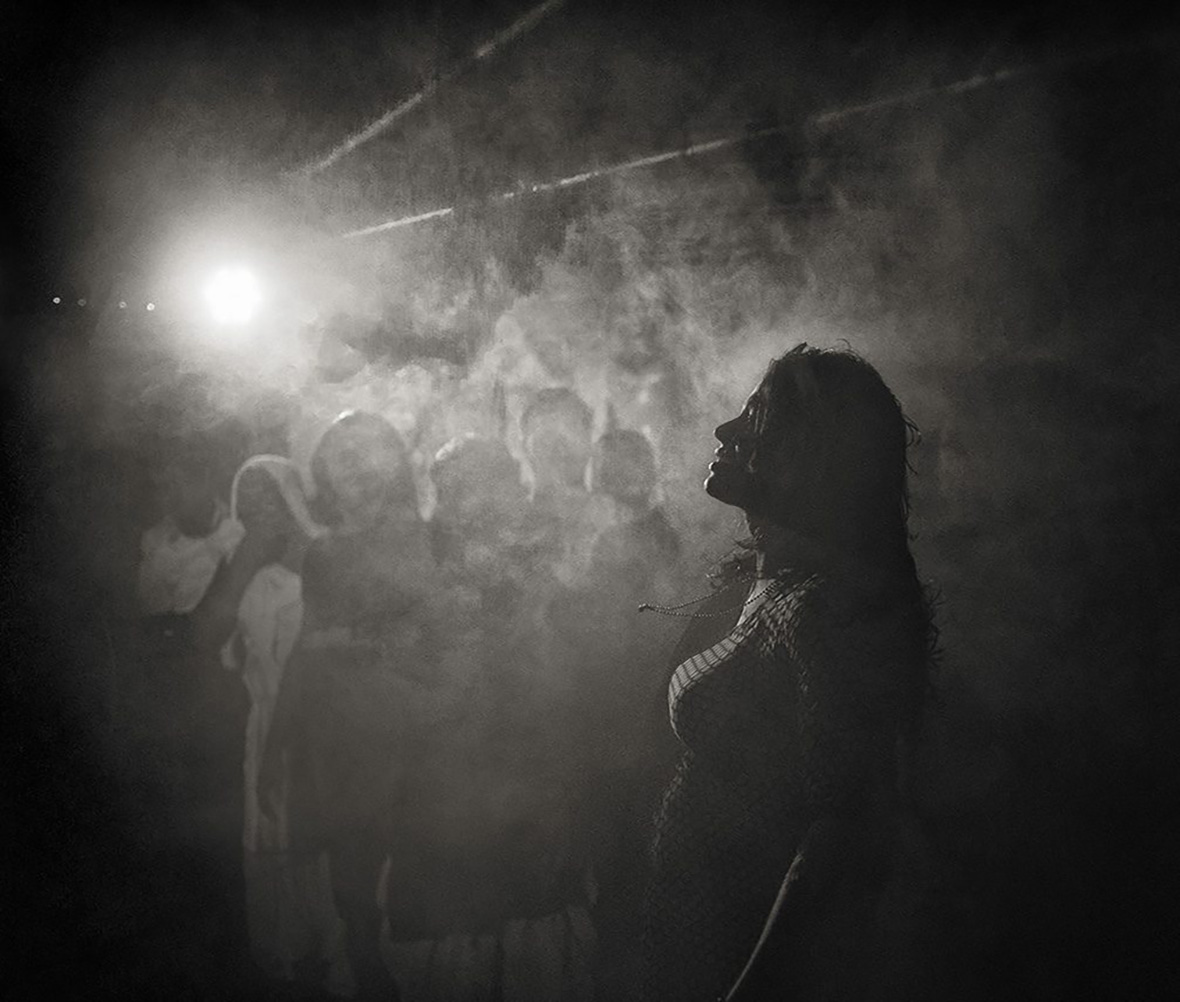
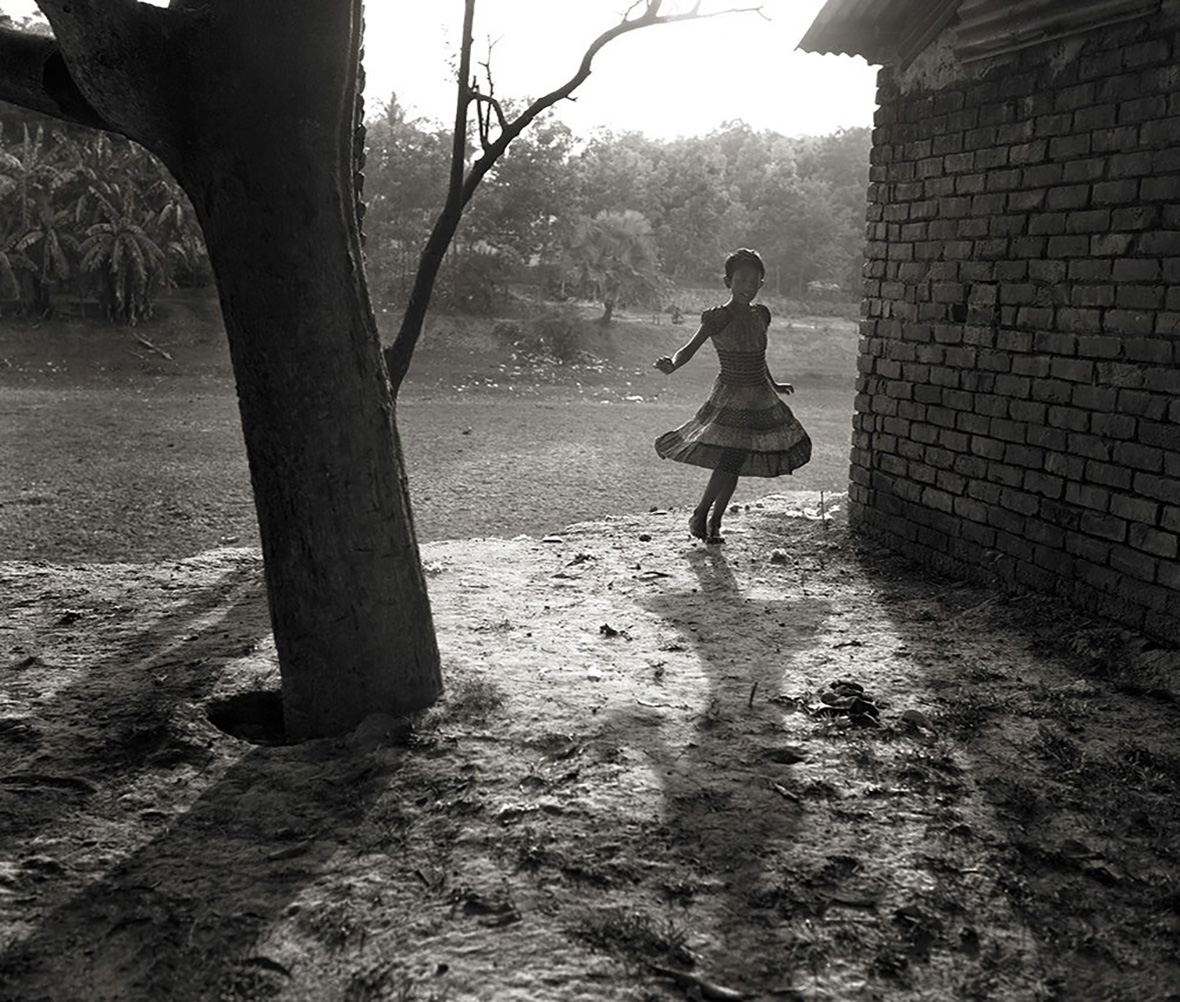
Sharmin says that she doesn’t often shoot in black-and-white, but it felt fitting for this project. Colors distracted from their story and lessened the overall emotional impact. “This way I could convey their unguarded feelings,” she says. “As far as other members of society are concerned, hijras are people who don’t exist.”
Shahria 坦率地说,这个系列如果使用彩色摄影,拍摄对象的内在故事就会与之冲突,所以她转向了黑白摄影。“这样就能传达出她们感情的自发性——从我的视角看出去,这些第三性别者是不为社会其他成员而存在的人。我想捕捉她们内心的故事,通过我的图像,去呈现她们完整的叙述。这就是我想表达的一切。”
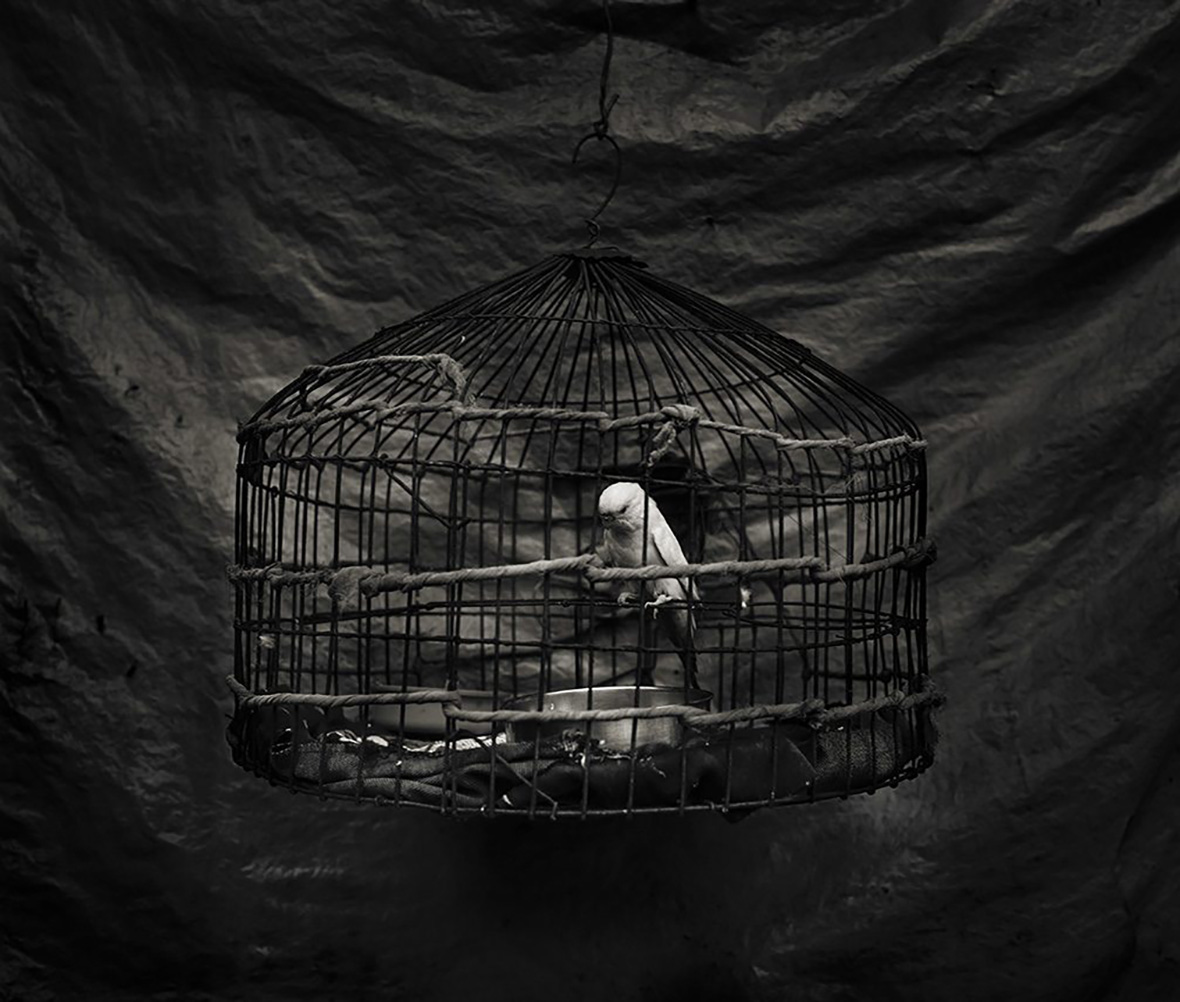
Like our stories? Follow us on Facebook and Instagram.
Website: www.shariasharmin.com
Instagram: @sharia_sharmin
Contributor: Chen Yuan

